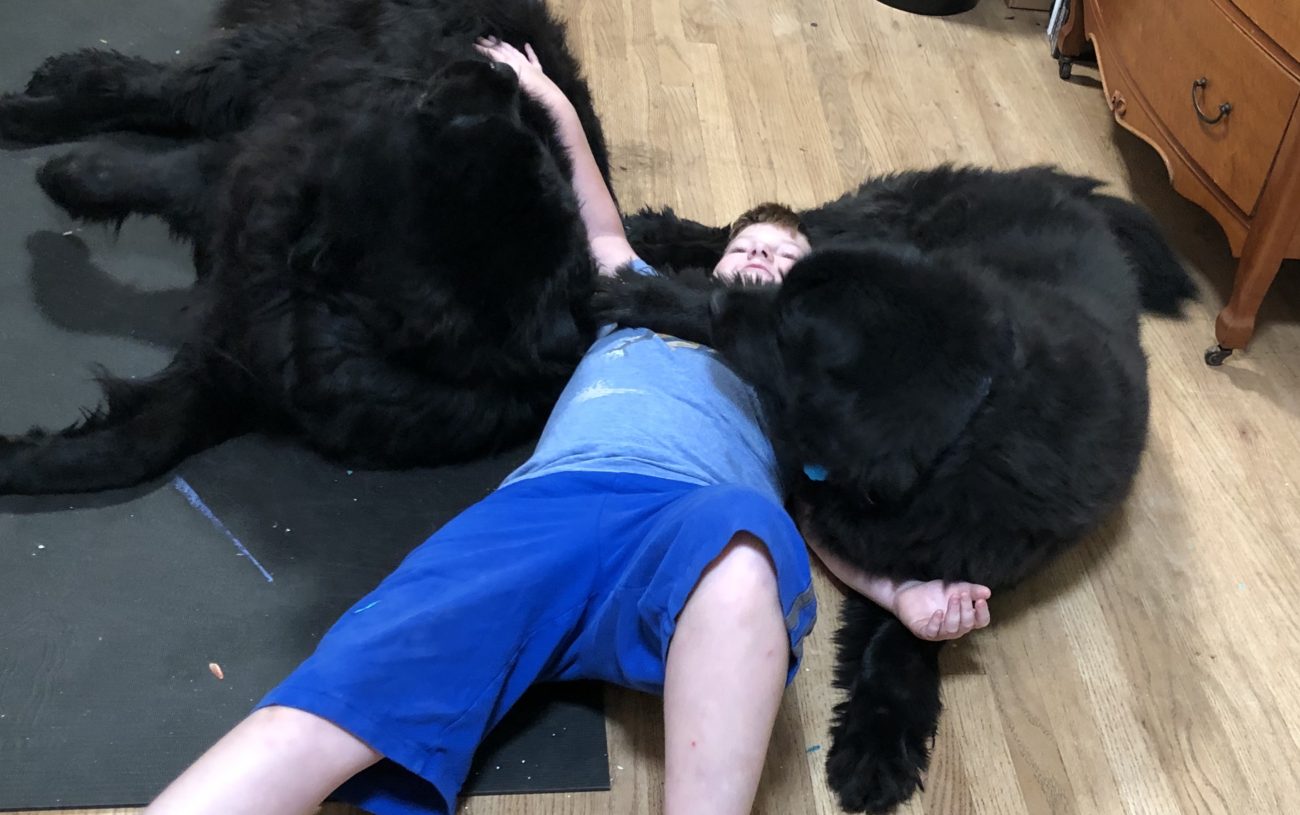I’ve been thinking about language a lot, lately.
It’s not the first time!
I graduated from seminary in 1990, right in the midst of a major “discussion” in my denomination about the issue of gender inclusive language. Hymn books became a major battleground. Reading scripture, a land mine.
One morning I read from the passage known as the Beatitudes in an inclusive translation:
Blessed are the peacemakers, for they shall be called the children of God (Mt. 5:9).
There was audible muttering in the pews. And one woman burst into tears.
She hugged me at the end of the service and said, “When you read children instead of men, I felt included in the peacemakers for the first time in my life!”
Very nearly 30 years later, it seems to me as though we’ve had time to get used to radical notions like that and might consider moving on, though there are those who adamantly disagree.
More recently, I’ve been thinking about the extent to which we native English speaking folks, at least, use visual language so automatically.
I catch myself at it daily. “Luther, look over here.”
“Luther, see this…”
“Luther, watch out!”
Luther, as you probably know, is our Newfoundland rescue dog who lost his eyesight, due to a combination of negligent decisions that make me shudder even to think of them.
He’s doing really well, but he does need some extra auditory cues. Alas, pointing doesn’t help either, which is a struggle for me after years of training dogs with hand signals.
When it’s time for a trip outside, the routine goes a lot like this.
Open the door. Say “door.” Then, “Yes!” which is our universal word for “well done” or “good dog”, which I try to avoid from long years of coaching parents.
Then comes, “Step” to get him over the threshold and another “Yes!”
Then, we follow him out to the top of the deck steps and it’s time again for “Step” and “Yes!”
After that the muscle memory kicks in and he knows what comes next.
This happens three-four-five times a day.
And every time, I think about all the folks we’re leaving out, or not helping as much as we might be, simply by our choice of language.
He’s learning, “touch” which means to reach with his nose to know where he is which is especially good in interior doorways.
And, he’s also getting the hang of “right” and “left”!
A friend of mine, whose English is a great deal better than my Spanish, chats with him in Spanish and he wags and does the universal safe, happy dog move of rolling belly up for a rub.
I often wonder how many things might work better in our world if we all worked hard on language about abilities and ethnicity and gender diversity and family relationships, focusing on like instead of different.
I also think about images a lot and firmly believe that empowered feminine images by women artists in a world dominated for centuries by men, and often absent of images, have experiences of inclusion to offer all our children.
All it really takes is awareness. Changed hearts. And, for some of us, sparkly pink cowgirl boots!
We start by changing our own language and images in the ways our hearts lead us and trust that others will hear and see. Slowly, perhaps. Too slowly.
But we start, wherever we are today, because it matters.
Which is, when you think about it, a whole lot lot learning from a sweet, huge dog who happens not to be able to see.
He and Phoebe do, however, excel as studio angels!
And, lest she feel left out, Phoebe would also like to remind you that through August 25th, we will donate 15% of my proceeds from all art sales on my Fine Art Marketplace page to Grandmothers Against Gun Violence.
I’m also supposed to tell you that one of our paintings has an awesome big blue Newfoundland in it!

